Best Replica Watches Info
Let’s Talk About Panda Disk, Fake Rolex For Sale
A very iconic design for clocks is called the “Panda dial.” Many watch friends have heard of, seen, or owned it. This is still popular in many chronographs today. This design style has become a symbol. When you visit this design, you will consider clocks and the past years. When the panda dial was created, it was not because the designer saw the giant pandas in our country and suddenly got inspiration. Hence, he naturally designed such a cute dial. In that era, when the functions of mechanical watches were rapidly developing, the function often replaced the design. Dominated by. Today, the panda dial is a type of clock with a unique aesthetic, historical, and emotional value. When you see a watch with a panda dial, it may also have a higher price because the dial has a non-negligible influence on the cost of the watch.
What is Panda Disk
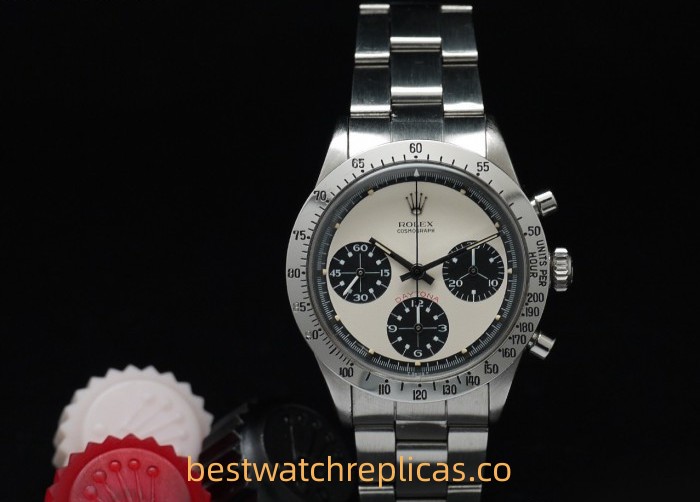
So, what kind of disk is a panda disk? Over more than half a century, the answers to this question have become more numerous, but the core meaning remains the same. The first case is also considered the most orthodox panda dial; the dial’s background color is white, and the sub-dials at 3/6/9 o’clock are black. This type of dial resembles the face of a panda, and the black sub-dials are like the panda’s face. It has two eyes and a nose, similar to a panda in color and shape. I think there is also a more balanced version of this design; the dial has only two sub-dials, one at 3/9 o’clock, black, and a calendar window at 6 o’clock, which is also in white or silver. White is the background color of the dial. These two designs are outstanding and forms that many chronographs like to use when replicating them today.
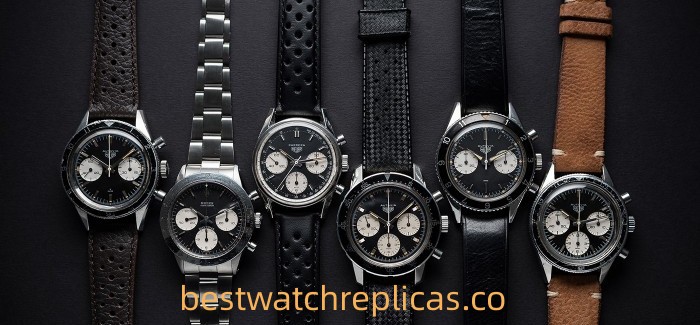
The second case is precisely the opposite of the first case. The dial’s background color is black, and the three sub-dials are white. This design is also trendy and is also called a panda plate. As mentioned earlier, the panda plate is not named because pandas inspire the design, so no one has suggested that this design cannot be called that. On the contrary, everyone is. It’s called that, and the reason is apparent. Similarly, this design is also available without a 6 o’clock sub-dial.
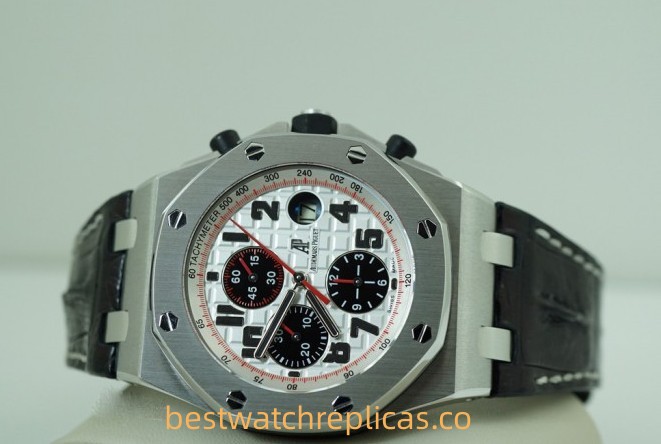
In addition to these two types, due to different movement types, there is also a third disk layout; that is, the three-eye sub-disk is at the 6/9/12 o’clock position, and there are also two situations: white background and black background. Such panda disks need to be viewed sideways to look like them. In mainstream terms, they will also be classified as panda disks. But generally, watches with a 6/12 o’clock sub-dial and no 9 o’clock sub-dial, such as Portuguese seven no,t called this.
In addition, some people pointed out that the panda disk is more like a nickname. As long as the colors of the sub-deck up-disk central disk strongly collide, one is bright, and the other is dark, and the positions of the sub-deck-disks are arranged symmetrically, it can be called It’s a panda plate. But this statement is only partially true. For example, Zenith’s famous chronograph EL PRIMERO has a panda dial, but the ones you see more often should be gray, black, and blue sub-dials. This kind of dial shouldn’t be called a panda plate.
Where did the panda plate come from?
Since the panda disk mainly appears on clocks, it is natural that it comes from the 1960s and 1970s when chronographs were famous. The emergence of clocks dates back to earlier, but the popularity of clocks was in that era. The reason was that the craze of motorsports led to the particular time-recording tool of the clock. Also, in that era, several important manufacturers jointly developed automatic chronographs because if the manual chronograph function were often used, it would need to be wound frequently. Otherwise, the timing or travel time may need to be more accurate due to insufficient power. This is very important.is embarrassing for racing drivers, but automatic winding can put the watch in a relatively good power state, and the chronograph function can be turned on at any time. This design dramatically improves the actual use of the clock. Although no data indicates that many watch manufacturers jointly developed automatic chronographs for racing in that era, the coincidence of the two is not just a coincidence. The strong market demand is often the driving force behind watch manufacturers’ development of new concept products. Location and joint research and development of several major watch manufacturers.
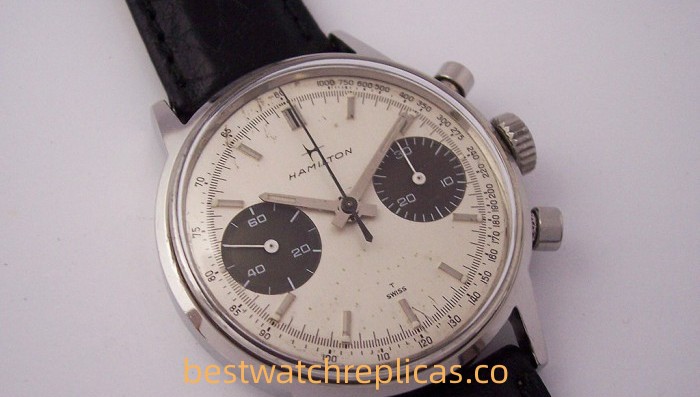
Since panda dials were quite popular during this period, many panda dial chronographs have automatic movements among antique fake watches. However, this is not absolute because there is no direct relationship between the panda dial design and the movement type. It is just for historical reasons. They came together during this time. The famous panda dial chronographs include some typical brands, such as Hamilton, Rolex, TAG Heuer (only called Tag Heuer at the time), Zenith, Breitling, Omega, Tradition, Cima, etc. This is very interesting. Yes, some brands of chronographs are called the “poor man’s Carrera” (more on this later).
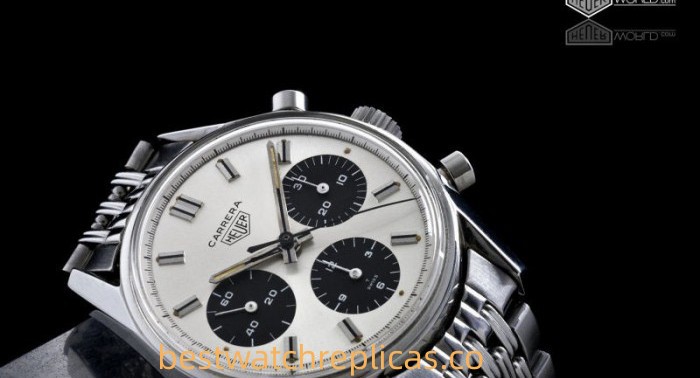
Looking at history, these most famous brands that have launched panda dials were pioneers in mechanical timing at that time and even today. Let’s start with Cal.11. It is generally believed that Cal.11 is the first automatic chronograph watch movement in the history of watches. This movement was jointly developed by several watch manufacturers, including Breitling, Hamilton, Buren, Tag Heuer, and DD; watches equipped with this movement were generally named Chrono-Matic then. Because of this movement, these watch manufacturers have excellent automatic chronograph movements, although large and thick.
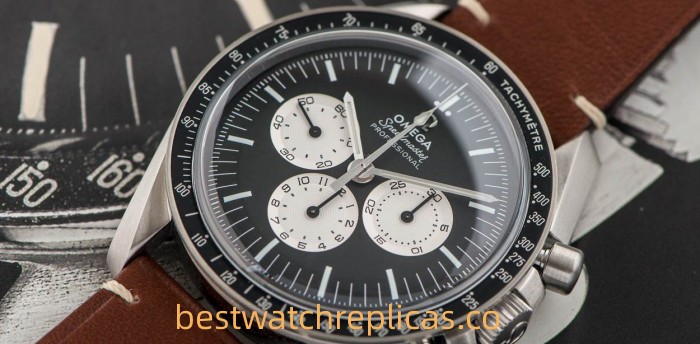
In terms of manual movements, manual chronograph movements have become mature in the first half of the last century. Even today’s manual chronograph movements refer to the design of that time.
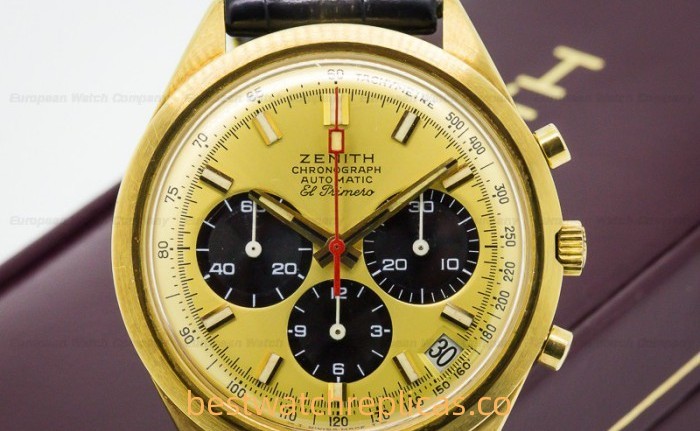
Zenith EL PRIMERO movement was launched in 1969. It was a product of the same period as Cal.11. Its characteristic was that it increased the vibration frequency, which was groundbreaking then. From the mainstream 18000VPH, 21600VPH, and 28800VPH, it comes out of three vibration frequencies and increases to 36000VPH, which is very avant-garde. At the same time, this is also an integrated self-winding chronograph movement. Zenith’s famous panda dial chronograph also began to achieve glory in that era.
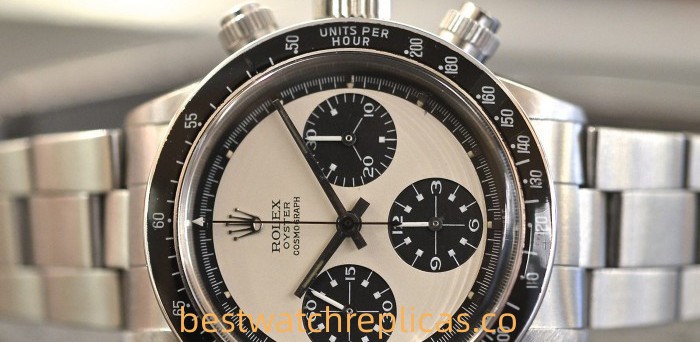
In addition, many famous Rolex Daytonas have panda dial designs, with models mainly 6262 and 6263, including the Paul Newman Daytona. Although Rolex was already producing clocks before officially naming its chronographs the Daytona series, it became popular after the Daytona series came out in 1963, especially when Paul Newman wore the Daytona in competitions. This series is different. Panda Di is the favorite of many Daytona enthusiasts. Panda Di is also an influence that has made it still ver today. This evergreen model has been a classic for decades, and its popularity has not diminished. Fake Rolex for sale.
The essence of panda plate design
From the above, we know that the panda plate is trendy and classic, but there are so many designs worldwide; why is the panda plate the most memorable? The popularity of panda plates has its essence.
First, one of the elements of the panda plate is the intense collision of colors. Among all these panda dials, the white main dial, black secondary dial, or the opposite color arrangement has an advantage: it separates the functional area from the main time display, making each time very easy to read. The panda dial solves this problem, but the human eye can more quickly and accurately distinguish information with distinct color differences. This is, of course, important for a clock with up to five hands.
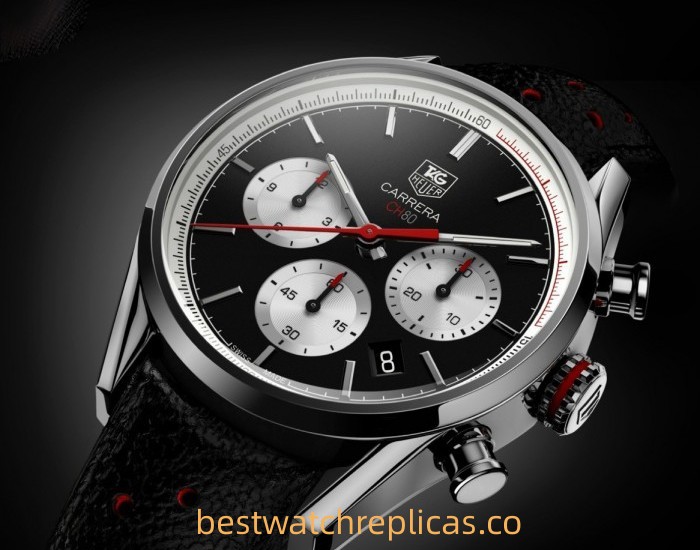
Secondly, there is a sense of balance brought by symmetry. In terms of aesthetics, people tend to accept symmetrical layouts, especially central symmetry, because symmetry represents a sense of balance. People tend not to like unbalanced things. All classic designs must be balanced in geometric proportions. Yes, the balance is not necessarily 1:1; the golden section is also a balance. The balance of the panda dial is solid. It is centrally symmetrical. If it is a three-eye type, it adds a geometric triangle beauty, and it must be an inverted triangle because it conforms to the trend of the dial being broad in the middle and narrow at the bottom. I don’t mention the 6/9/12 o’clock layout of the 7750 movement because it does not conform to the characteristics of the panda face from our usual perspective.
These two elements are perfectly integrated to form the unique beauty of the panda plate.
So which one is better, the white panda or the black panda?
Since there are two types of panda disks, for convenience, I will call the one with the primary disk white a white panda and the one with the primary disk color black a black panda. Someone compared the two designs and came to a surprising conclusion through pictures.

From the comparison chart, we can see that black pandas may be visually better than white pandas. This is understandable. The main dial of the white panda is shining, so most of our attention will be attracted by the main dial, which affects the reading of the chronograph information. The black panda’s secondary dial is bright, making it easier for people to read the timing data. The main dial has a larger and more obvious scale than the secondary dial, so the time information is still accessible to read, even if it is a dark main dial.
The panda dial is still significant today as a benchmark chronograph dial design. At auctions, panda dial clocks are more likely to attract buyers than ordinary chronographs. Today, many brands are tracing the footprints of history and exploring potential value, often launching replica chronographs inspired by panda disks. It is just a simple dial design, but it has its reason for its enduring popularity.
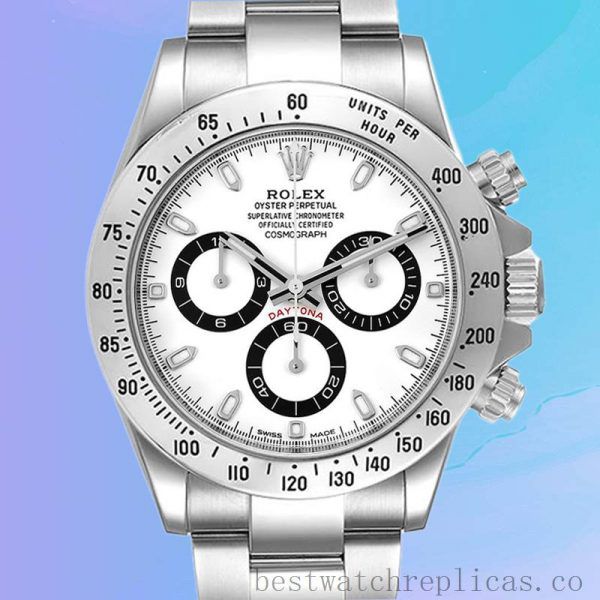
Gender: Men’s
Model: 116520
Case Size: 40mm
Brand: Rolex
Band Color: Silver-tone
Movement: Automatic
Series: Daytona
Dial Color: White Dial

